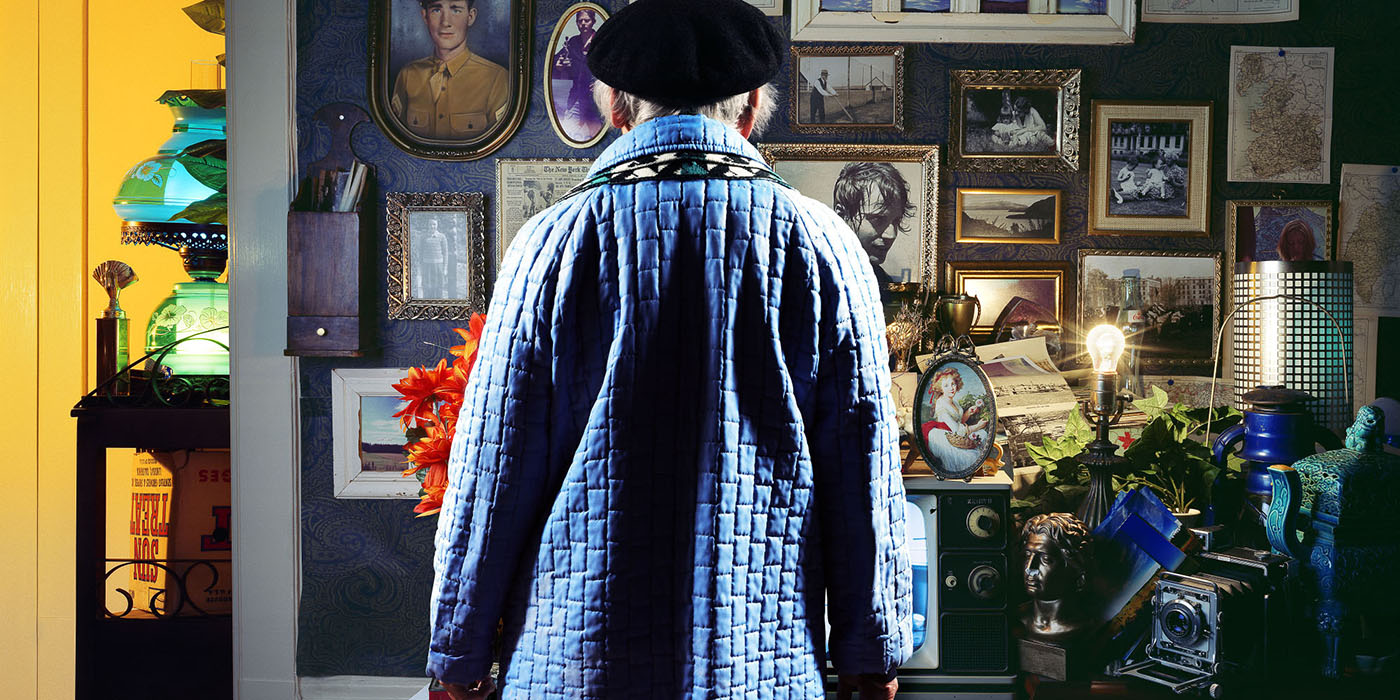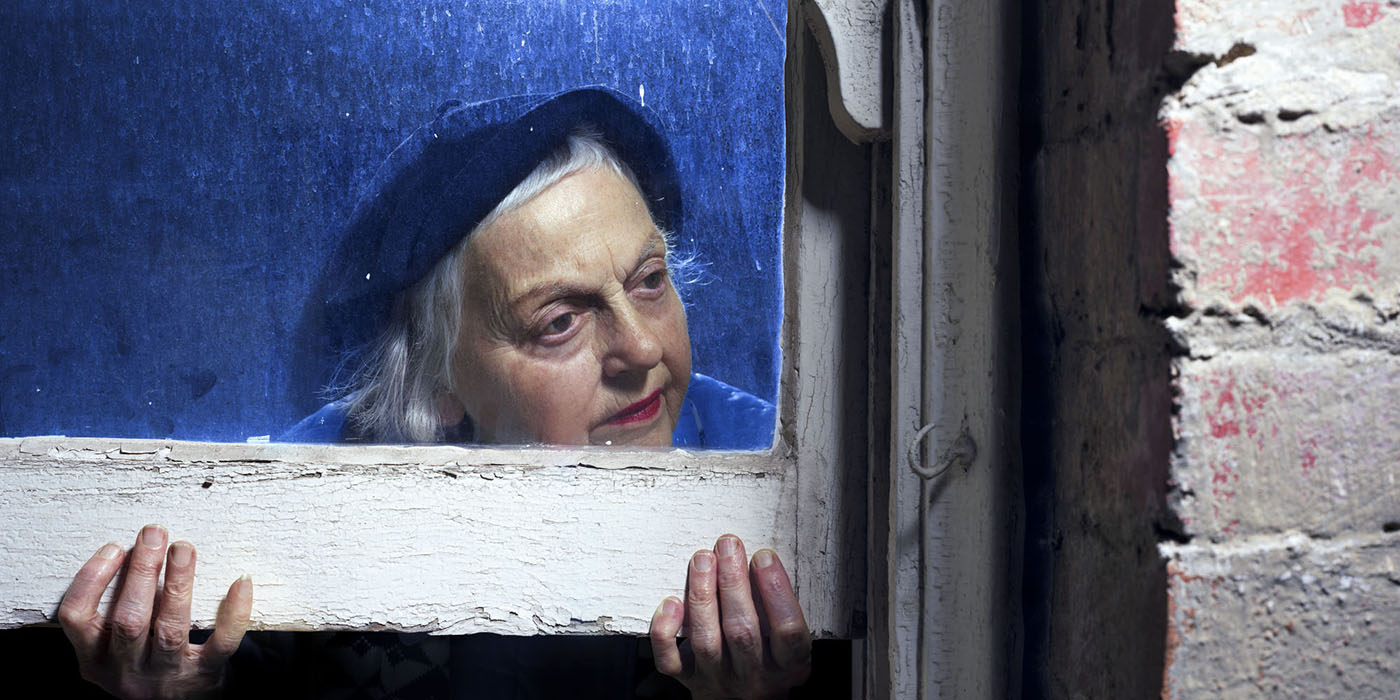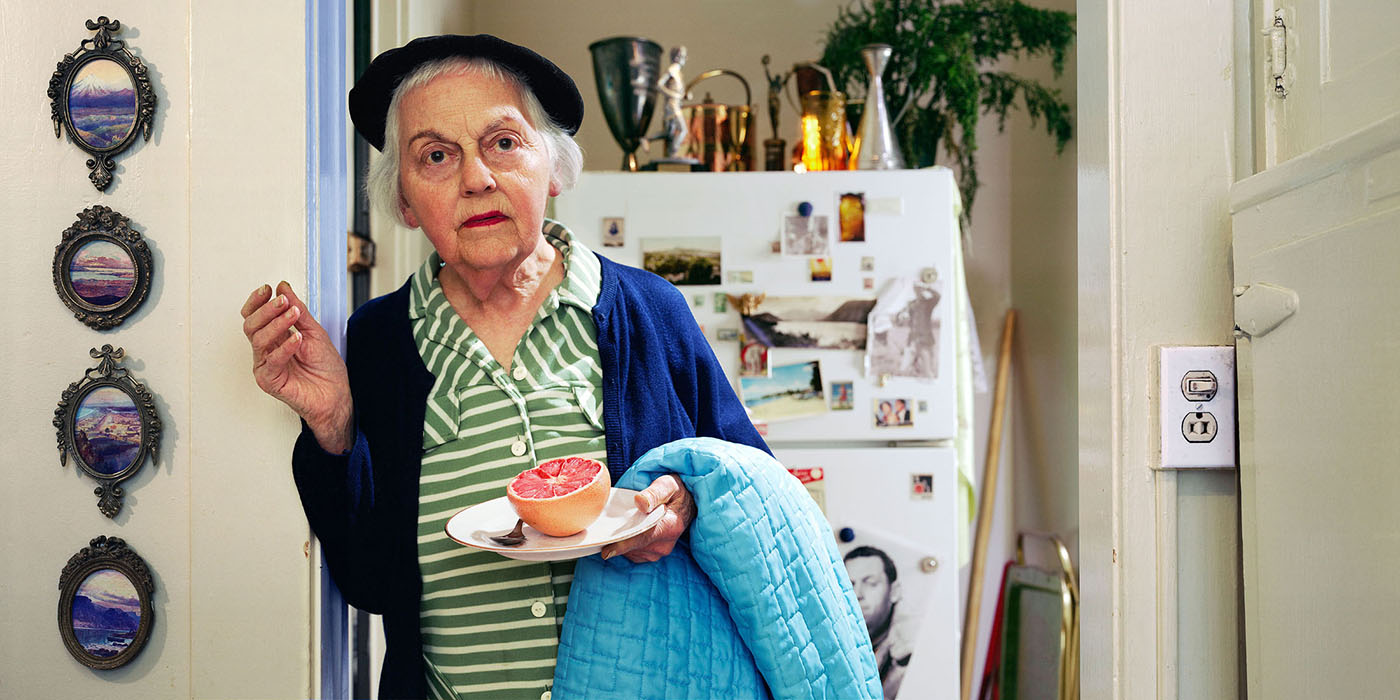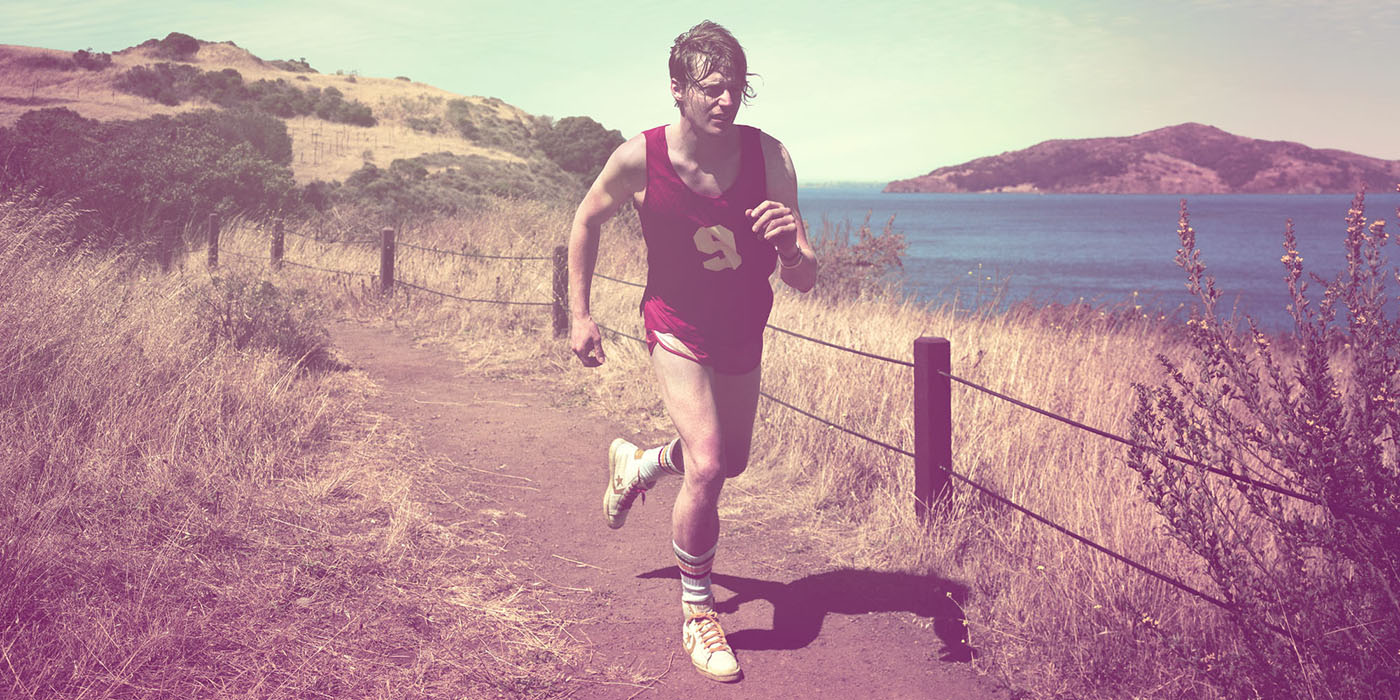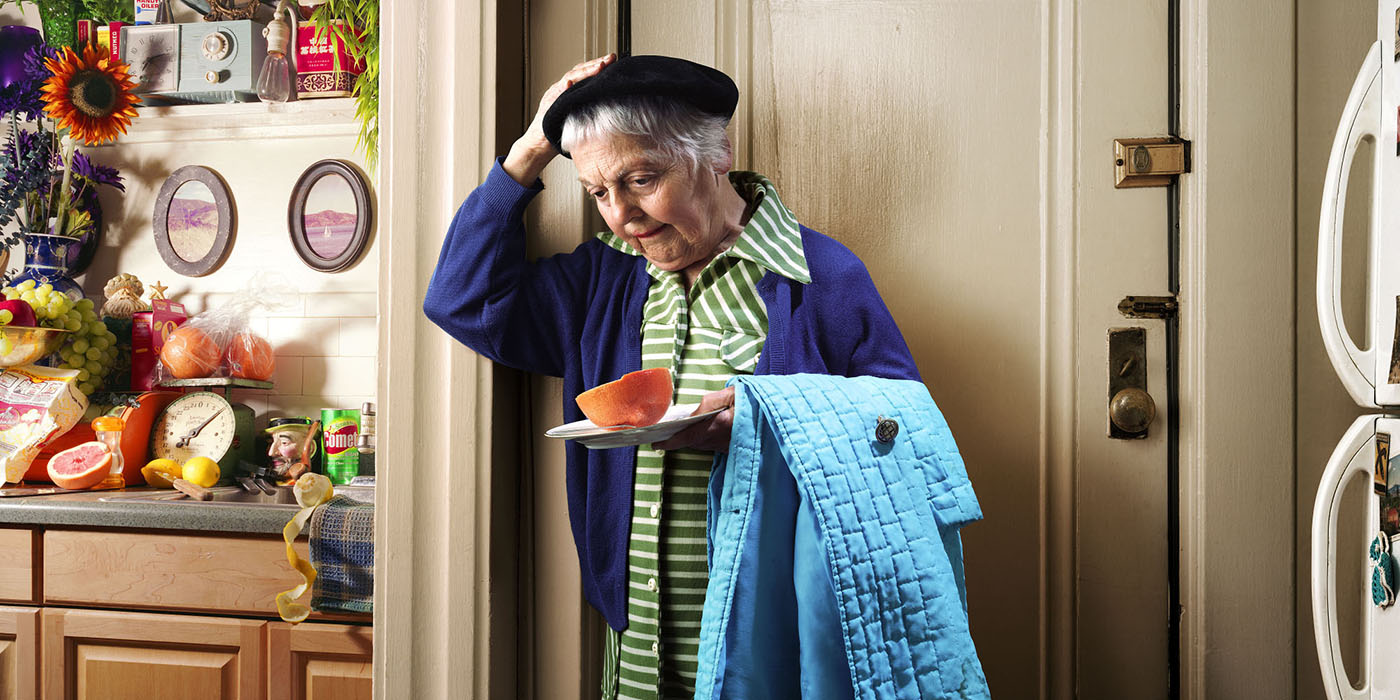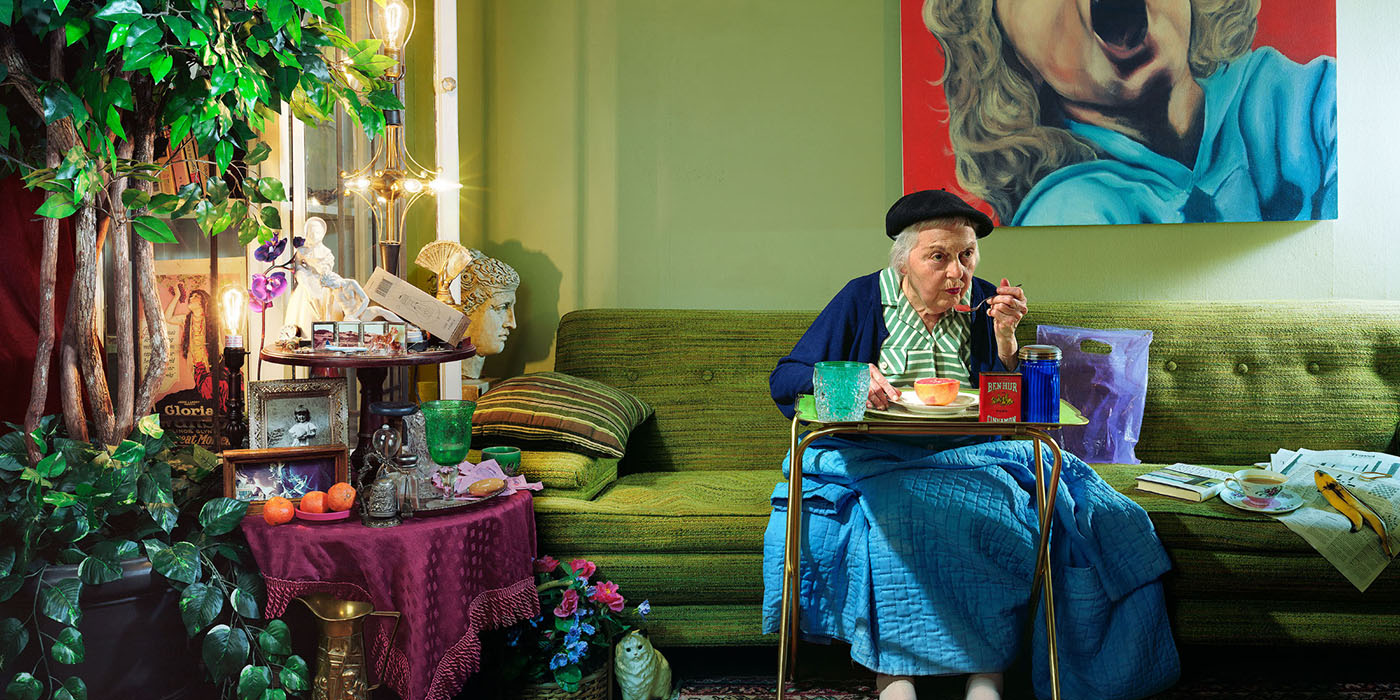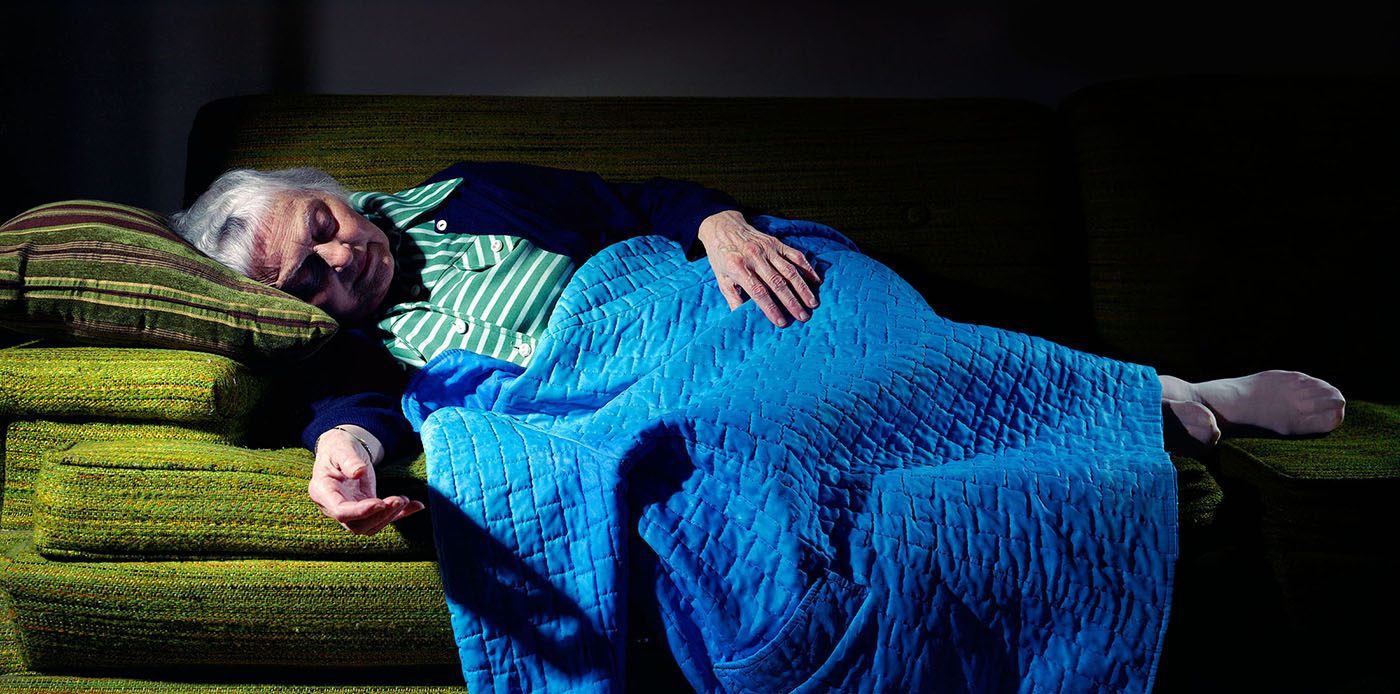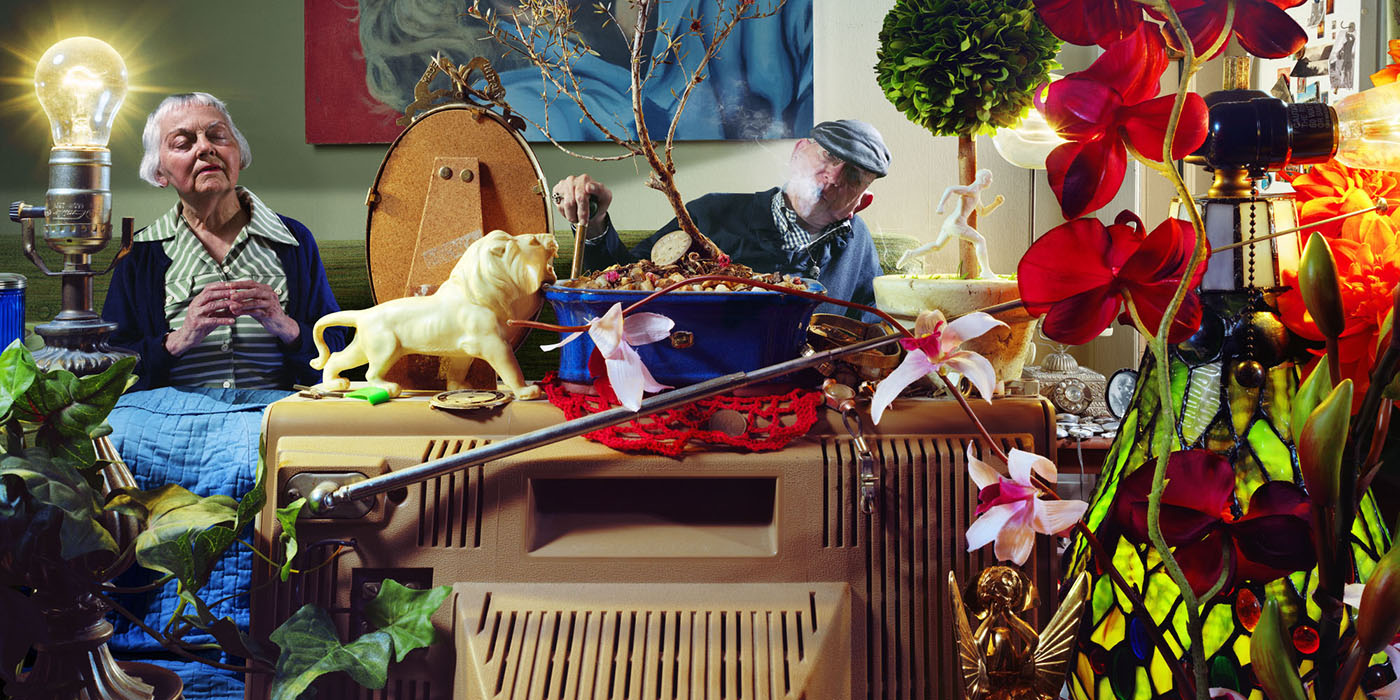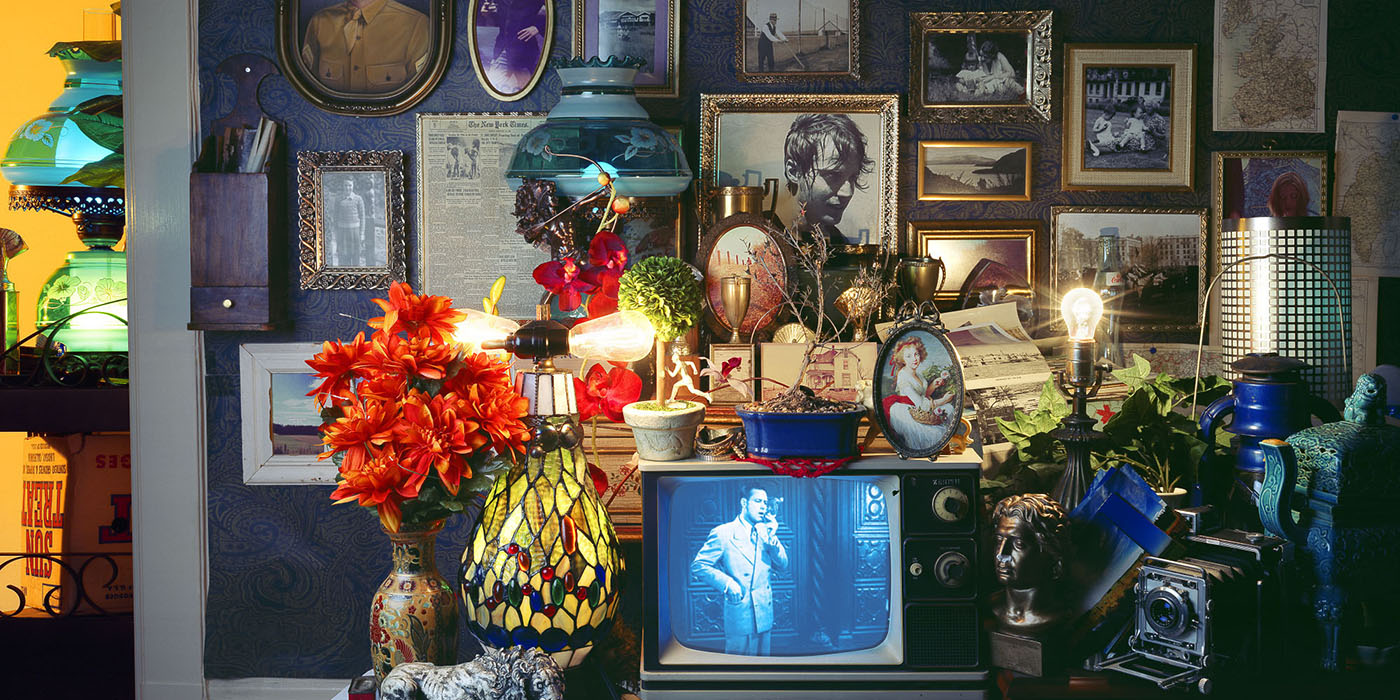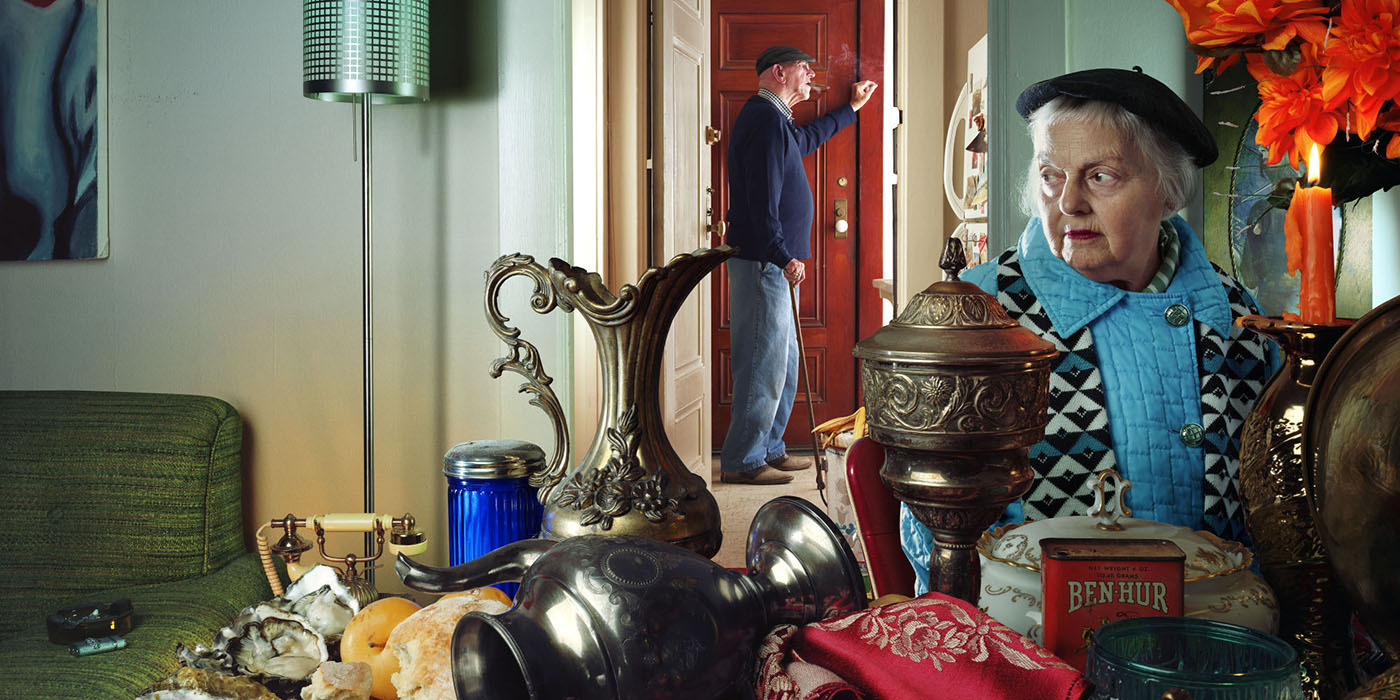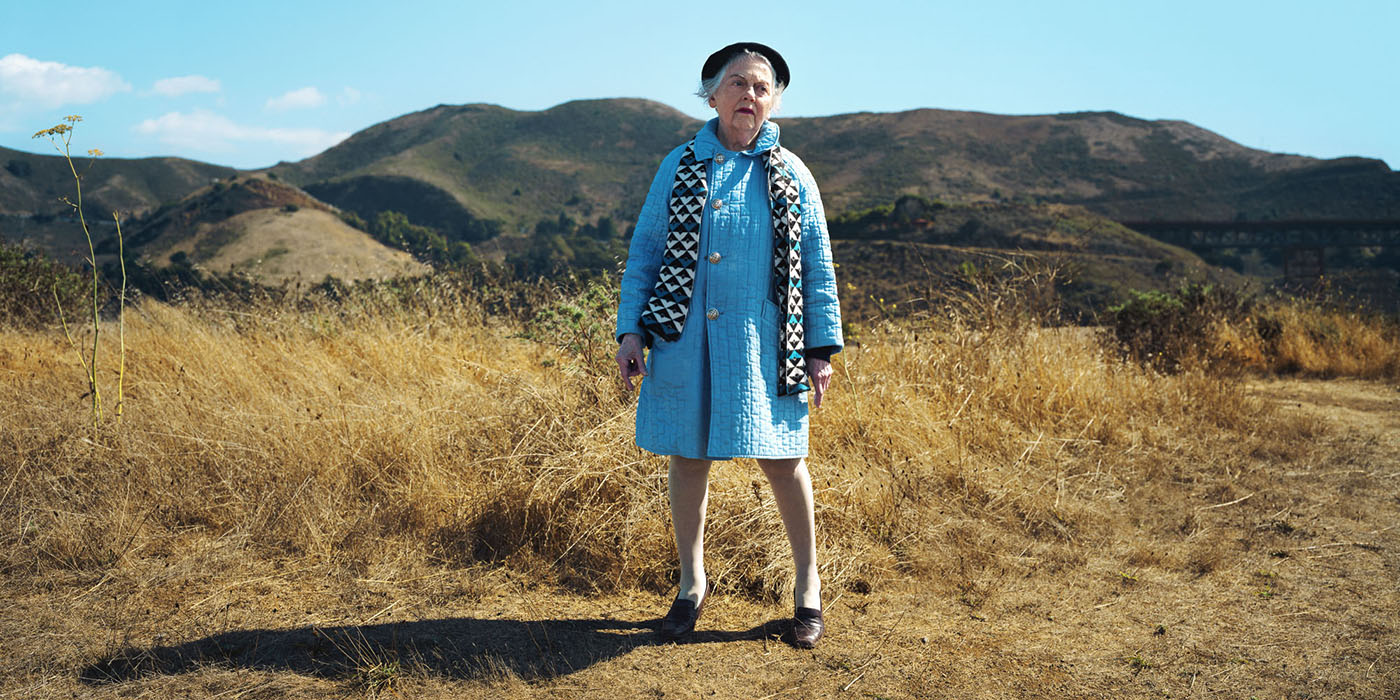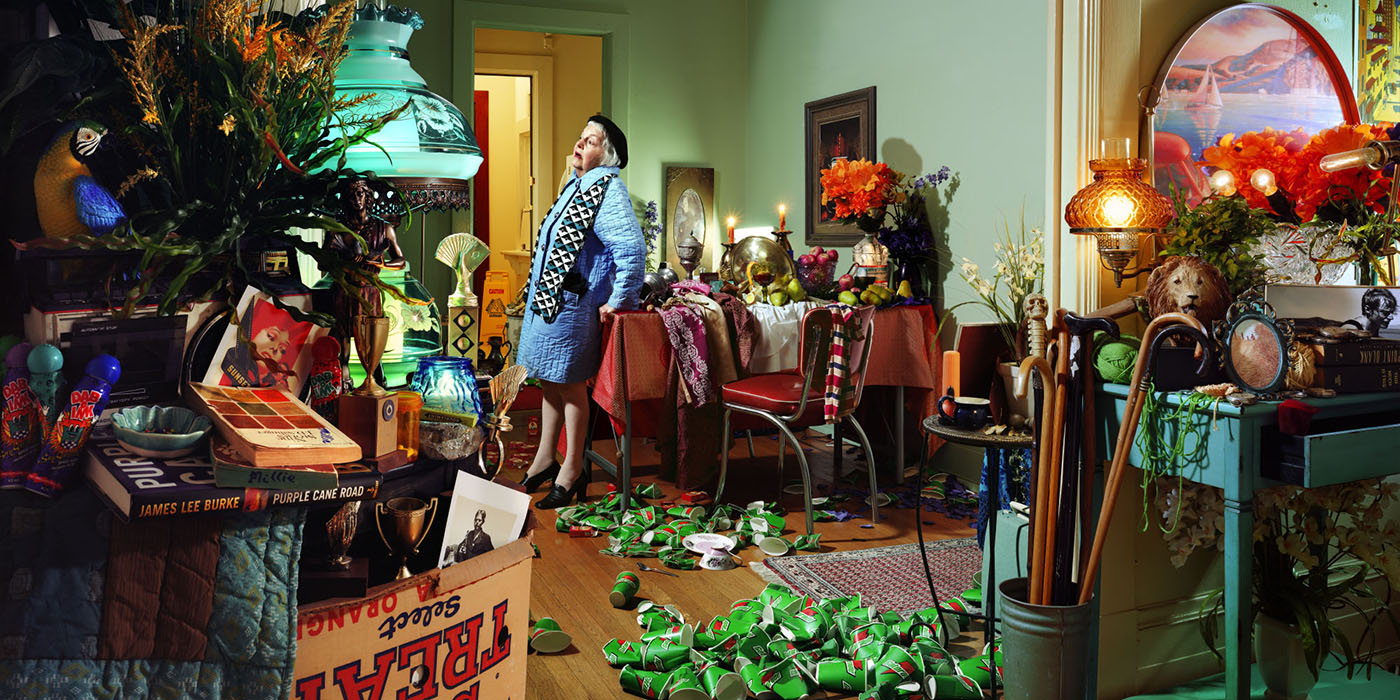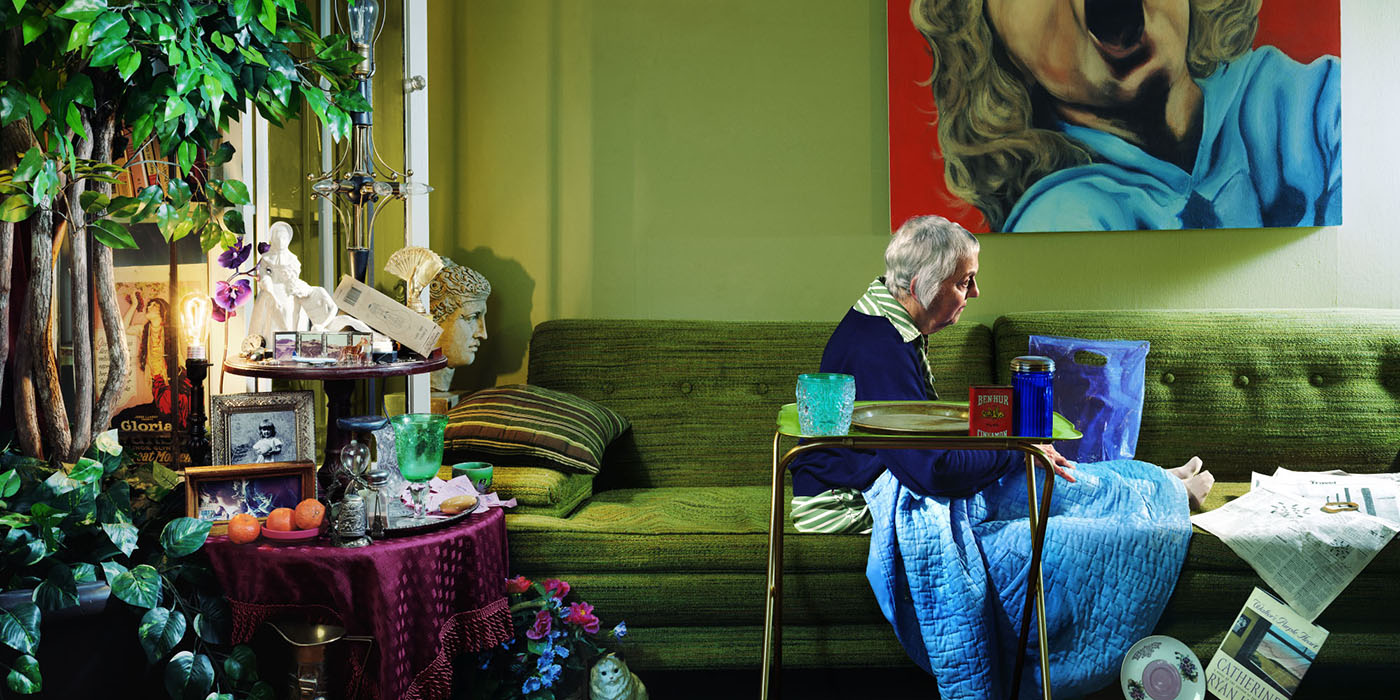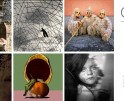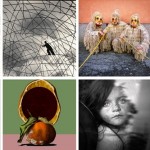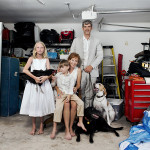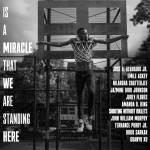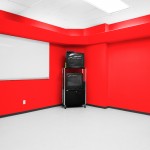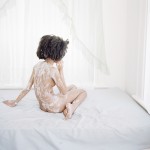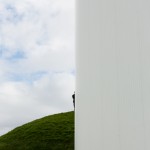The Center Awards: EXCELLENCE IN MULTIMEDIA AWARD 1st Place Winner: Rocky McCorkle
Congratulations to Rocky McCorkle for being selected for The Excellence in Multimedia Award recognizing his project, You and Me on a Sunny Day. The Excellence in Multimedia Award recognizes outstanding photo-media artists and storytellers working in a variety of media processes and subject matter. Supports a project that utilizes photography, video, installation, or other elements that expand on traditional methods of displaying and experiencing photography. Winners receive admission to Review Santa Fe portfolio reviews and participation in a winner’s exhibition at Pictura Gallery in Bloomington, Indiana.
Josh Raab, Director of Instagram, National Geographic; formerly Multimedia Editor, TIME Magazine shares his insights:
This year brought a multitude of impressive submissions ranging from still photography to Augmented Reality. There were strong projects across the board that pushed the boundaries of traditional media from collage that challenged the depictions of women in traditional photography, to video montages that challenged the perception of time itself.
In You and Me on a Sunny Day, Rocky McCorkle spent years photographing his neighbor in elaborate sets that were simultaneously glamorous and daunting. These explosions of color give a peek into a fabricated life while inferring truths about Rocky’s subject.
You and Me on a Sunny Day
I created the narrative and directed the photographs in the first ever “walk-through movie” with 88-year-old Gilda titled “You and Me on a Sunny Day.” My series of 135 consecutive photographs is conceived as a silent film in the form of a sequence of stills.
The scope and length of this monographic project make it one of the largest shows in the history of photography. Imagine being encircled in a fictional world as you are walking through large-format photographs, looking forward in anticipation to the next image. The entire experience will stretch over 1000 feet of wall space giving the viewer an emotional experience like no other.
Gilda Todar’s (1927—2017) colorful life is revealed in photographs that share her memories.
Conceptually, I have unrolled traditional cinema and extended it into the three-dimensional physical space. It is comprised of larger-than-life photographs that are displayed in chronological order on several connecting walls. For the movie to be watched, viewers shift from image to image, living movement brings the stills to life. Each viewer will see Gilda’s story unfold at their own pace, creating a visitor-flow and emotional experience like no other.
Every Sunday evening for 5 years, my downstairs neighbor Gilda came up for a photo shoot on a set that I had spent all week lighting, propping, and composing. We’d take one hour and focus on one scene, and the next week we’d do it all over again—a process slower than clay animation. The interior shots were made in my Tenderloin apartment in San Francisco, which I transformed into a complex mise-en- scène for the storyboarded narrative.
A protagonist in her own life story, our photographs tell the story of Gilda remembering, and at times dreaming about, her late husband Jack. Peering at her through the camera lens and surrounded by objects from her life, I was trying to reveal the emotional complexity, both internal and external, of time, joy, love, death, and loneliness, that come from a life well lived. Gilda Todar was born in San Mateo in 1927 and waited her entire life to be an actress on the big screen. This was her first and last starring role.
Technical Info:
All photographs in the series were shot in San Francisco with a Cambo 8 x 10 camera using a wide range of strobe and tungsten lights. The final exhibition prints are 40” x 80” C-prints. All of the interior shots were made in my own San Francisco apartment, which I transformed into a complex mise-en-scène for the storyboarded narrative.
Each image in the series is equivalent to 828 megapixels. The astonishing clarity and richness of detail in the prints is the result of a painstaking process of shooting up to twenty-two individual high-resolution photographs for each final image and using digital technology to create a fantastically seamless final image.
It all started when Rocky McCorkle visited Örebro, Sweden in 1999. He had been taking pictures since he was a kid, but when he returned from Sweden, he decided that he was going to make pictures.
McCorkle’s larger-than-life walk-through movie installations bring the movie experience to the museum. Photographs from this series are in the permanent collection at the Berkeley Art Museum and Pacific Film Archive (BAM/PFA) and the Tweed Museum of Art.
Posts on Lenscratch may not be reproduced without the permission of the Lenscratch staff and the photographer.
Recommended
-
Arnold Newman Prize: C. Rose Smith: Scenes of Self: Redressing PatriarchyNovember 24th, 2025
-
Celebrating 20 Years of Critical Mass: Cathy Cone (2023) and Takeisha Jefferson (2024)October 1st, 2025
-
Celebrating 20 Years of Critical Mass: George Nobechi (2021) and Ingrid Weyland (2022)September 30th, 2025
-
Celebrating 20 Years of Critical Mass: Amy Friend (2019) and Andrew Feiler (2020)September 29th, 2025
-
Celebrating 20 Years of Critical Mass: Jennifer McClure (2017) and JP Terlizzi (2018)September 28th, 2025

